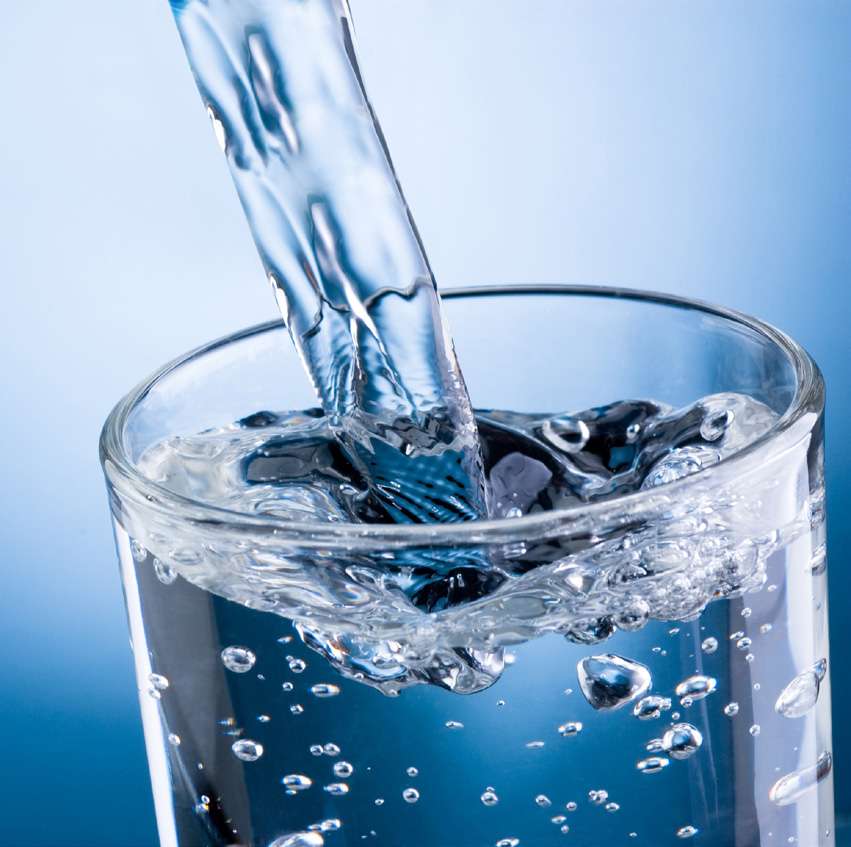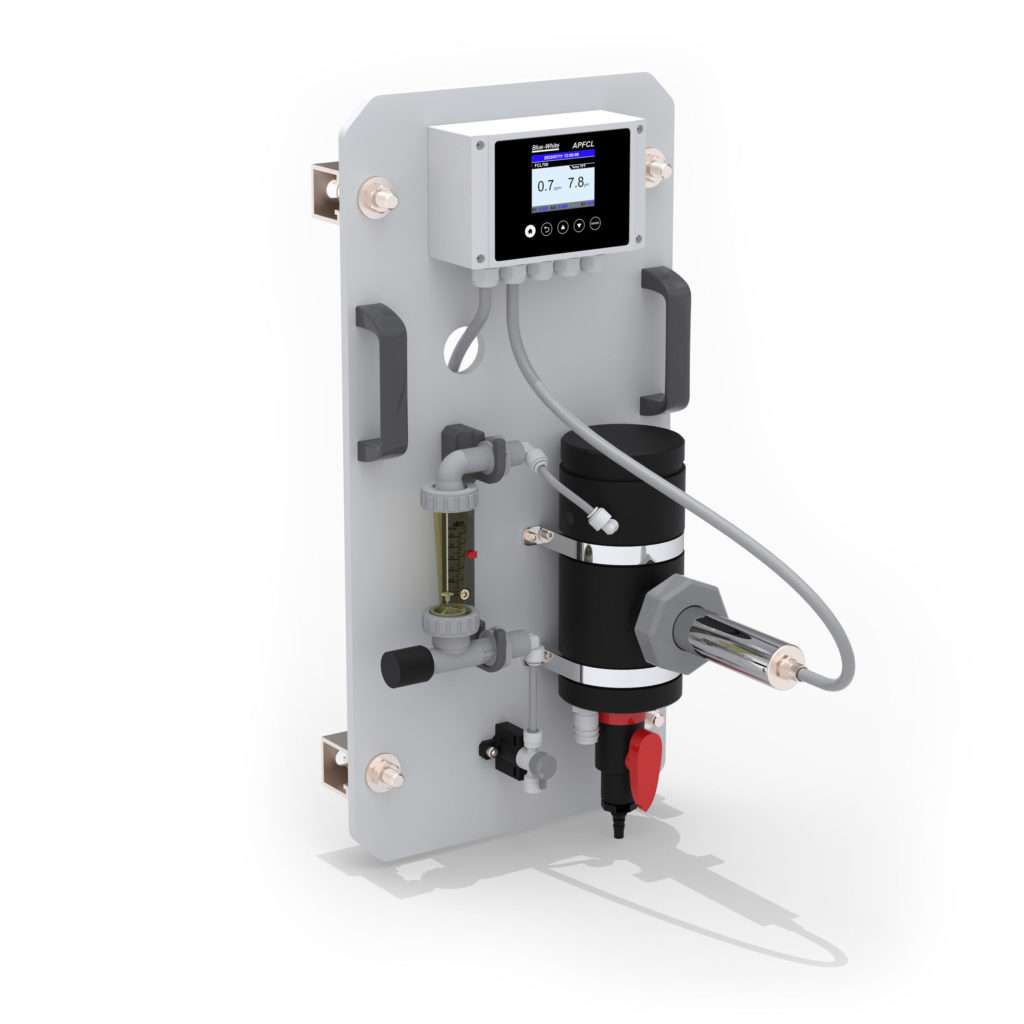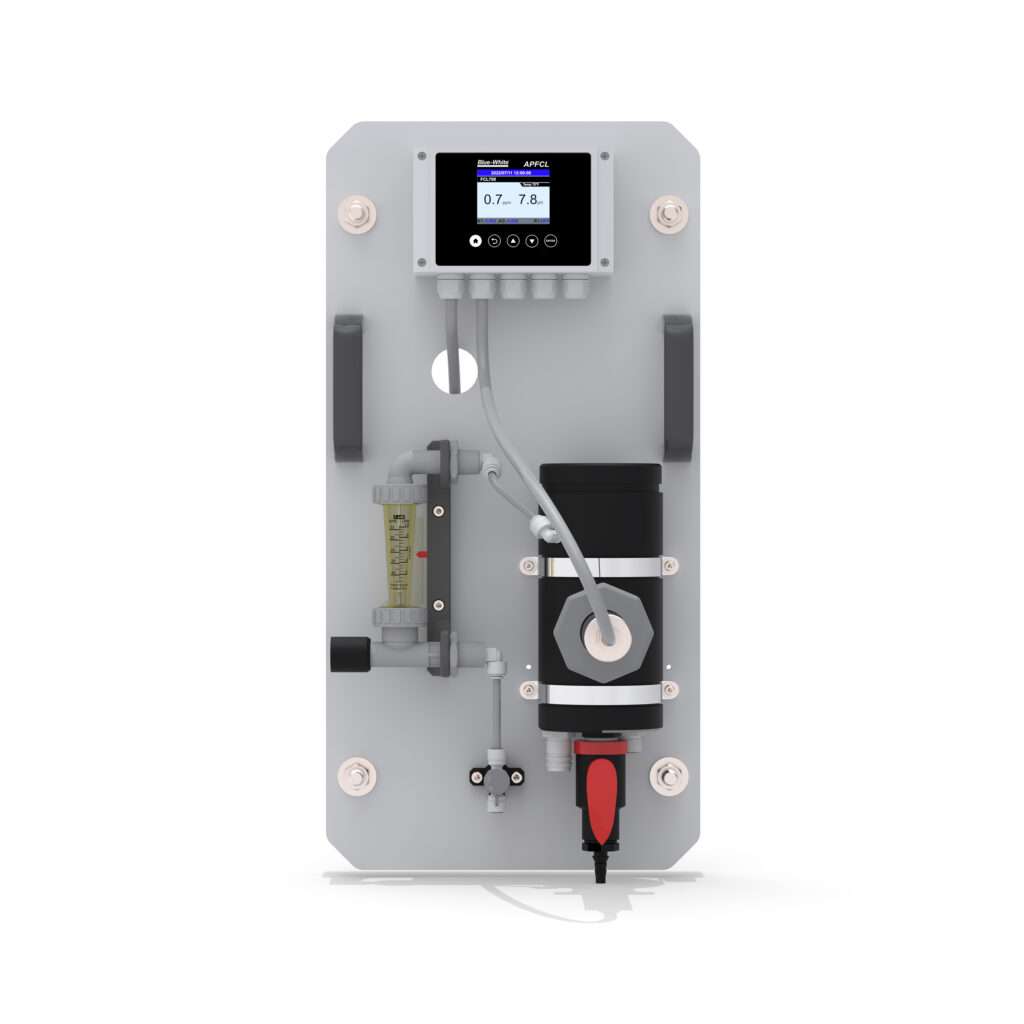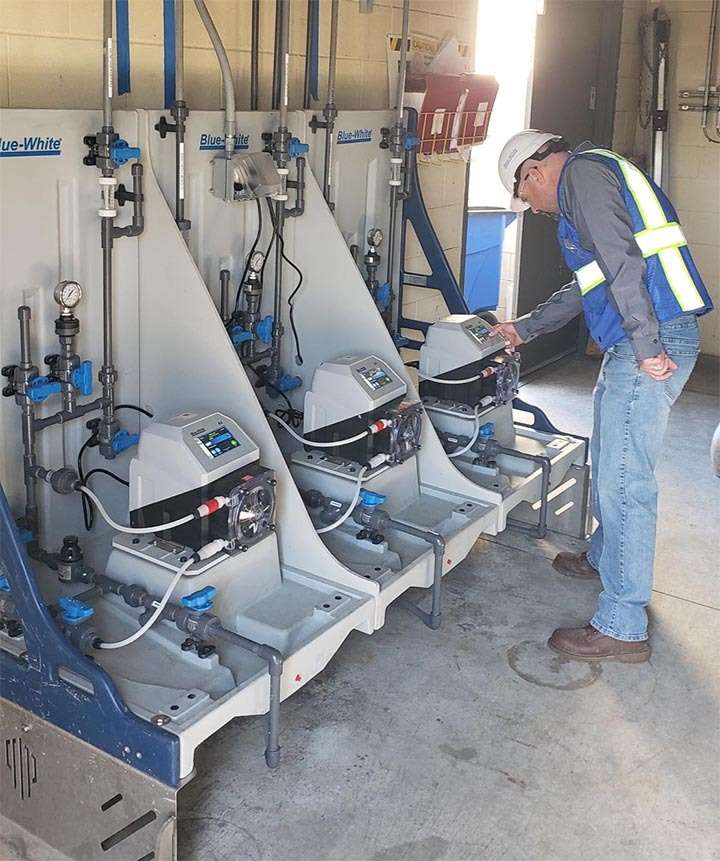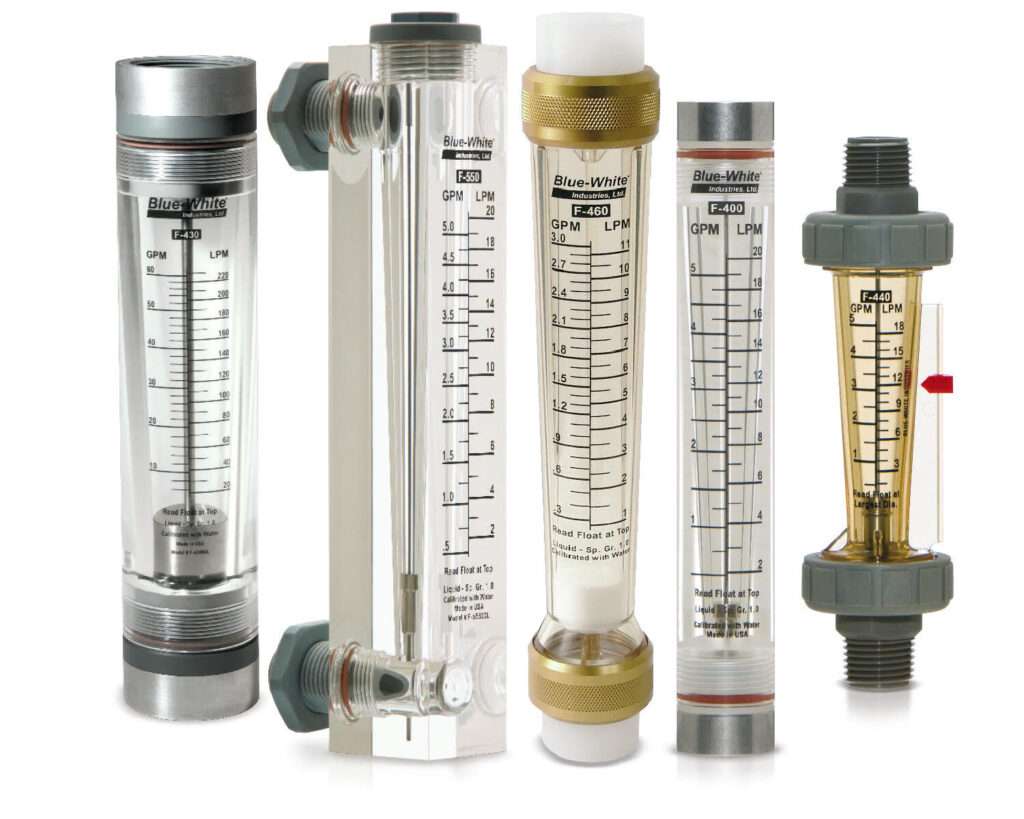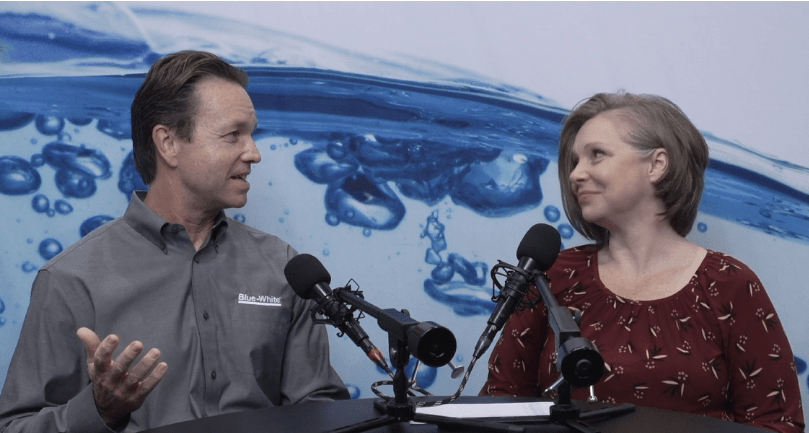For over a century, chlorine has been used to provide clean drinking water to communities in the U.S. and across the world. In the correct doses, chlorine can kill a broad range of pathogens while remaining safe for people and animals to consume. The key there is dosage, as too little chlorine will not have the disinfecting power required to eliminate the most critical pathogens. Too much chlorine can cause water to taste and/or smell unappealing, or worse, have long-term negative impact.
This is why measuring chlorine levels in drinking water before it leaves the water treatment plant (WTP) is important. But measuring chlorine isn’t a simple matter of saying, “I have X parts per million in my water.” After all, once chlorine enters water, it begins to change, and when it interacts with pathogens and other matter, it changes again. As such, there are technically three measurements that operators and water quality managers need to know at any given moment: free chlorine, combined chlorine, and total chlorine. Understanding these metrics and their role is the foundation of clean drinking water.
How Chlorine Works
In water, chlorine breaks down into smaller chemicals such as hypochlorite ion and hypochlorous acid. It is these substances that kill bacteria, viruses, and other microorganisms. They do this by either collapsing proteins in bacterial cells or damaging the outer membrane of viruses and similar pathogens. Not every pathogen is equally vulnerable to chlorine, however. Protozoa such as Giardia lamblia and Cryptosporidium are chlorine-resistant. Thankfully, such pathogens are large and can be easily removed via filtration.
Testing Chlorine Levels
As mentioned, there are three chlorine measurements needed for drinking water:
Free Chlorine
This is the amount of chlorine that is available to combine or oxidize contaminants in water. The greater the amount of free chlorine, the greater the disinfection potential. In a drinking water system, the amount of free chlorine should generally be kept between 2 ppm and 4 ppm. When free chlorine levels rise above 4 ppm, the water may take on a strong “swimming pool” smell or taste, which can lead to upset customers. However, too little chlorine means there may not be enough chlorine available to disinfect pathogens, especially for those customers who are farthest downstream from the plant.
Combined chlorine
When hypochlorite ions and hypochlorous acid interact with contaminants, they form new compounds. Generally speaking, these new compounds are no longer available for disinfection. The amount of combined chlorine tells operators how many pathogens or other contaminants have been using chlorine, which helps to understand how dirty the water is (or was).
Of course, not all combined chlorine chemicals are inert. When chlorine combines with nitrogen, it can form chloramines. These compounds do have some disinfection power, but they are not likely present in high enough quantities to be considered in disinfection potential (unless operators deliberately added ammonia to the system with the intent of forming chloramines).
Other types of combined chlorine include disinfection byproducts (DBPs), such as trihalomethane and haloacetic acid. These substances occur when chlorine reacts with natural organic matter in the water. DBPs can be harmful to human health and are regulated by the U.S. EPA. Operators should be testing for DBPs separately from other types of combined chlorine.
Total chlorine
As the name suggests, this measures the total amount of both combined chlorine and free chlorine. Total chlorine is the easiest to measure and can be done with simple test strips.
Out of the three measurements, free chlorine is the most critical figure to have. Operators do not need to worry about having all three figures, as being able to measure free and total chlorine gives a reasonable estimate of the amount of combined chlorine in the system.
How To Measure Chlorine
There are many ways to measure free and total chlorine in a Water Treatment Plant. Operators can pull a sample and use either test strips or hand analyzers. However, these consume a lot of operator time and may have questionable accuracy.
Blue-White®’s water analyzers are the simple and accurate solution in measuring chlorine. The APFCL Online Chlorine + pH Analyzer measures free chlorine, pH, and temperature and the APH2O Multi Parameter Online Analyzer measures free chlorine, pH, temperature, and ultra-low turbidity.
The APFCL and the APH2O will help the operator maintain the balance of having enough free chlorine in the water distribution system to battle dangerous pathogens, but not so much that it ruins the taste and smell of the water.
Analyzers continuously test the water for chlorine levels and can alert operators when free chlorine drops below a pre-set threshold. It is important to consider water quality analyzers that use electrodes rather than membranes. Membranes tend to absorb impurities during operation which can build up and cause fouling. Electrode-based analyzers don’t suffer this setback and can be more easily cleaned. Blue-White’s analyzers have a unique Bare-Gold electrode technology for residual chlorine measurement which eliminates membrane and electrode solution replenishment commonly associated with conventional sensors.
Blue-White’s water analyzers present a turn-key solution for your clean water application. Each is shipped board mounted with handles included for easy installation and quick startup.
The TS10 Display is a 7” LCD color industrial capacitive touch screen. Each analyzer has built-in 4GB of RAM/one million data records and are EPA 334.0 compliant.
To obtain ongoing and highly accurate measurement of free chlorine, we recommend Blue-White water analyzers.
Written by:
Blue-White® Industries
714-893-8529
